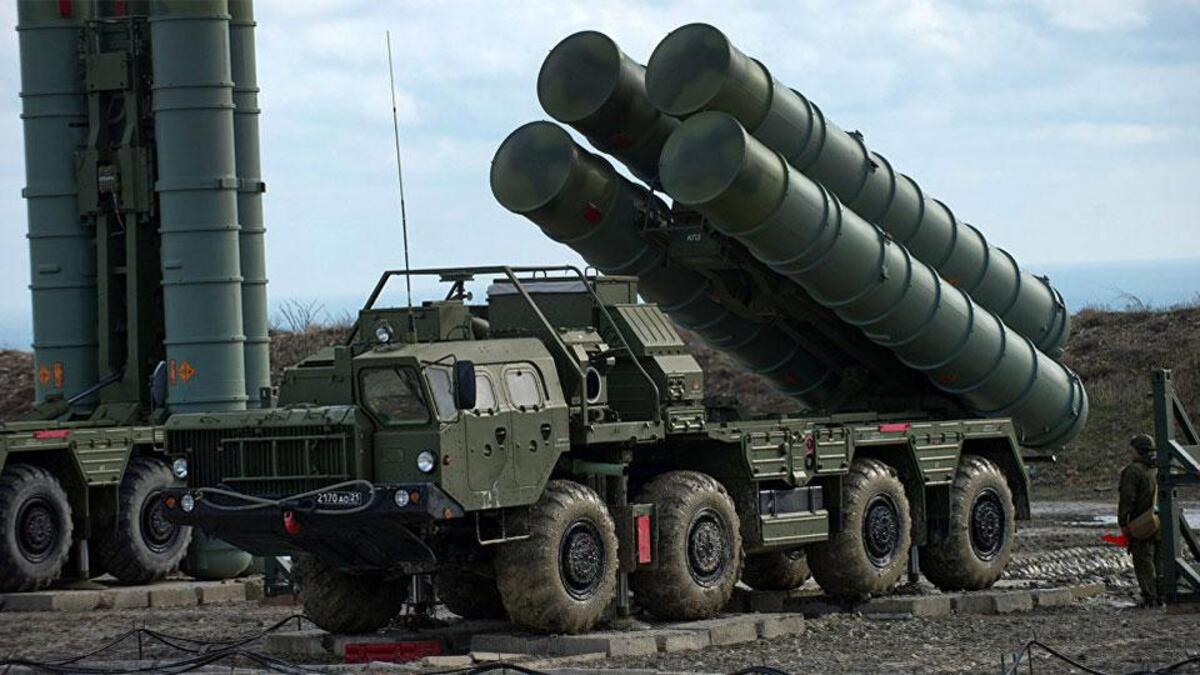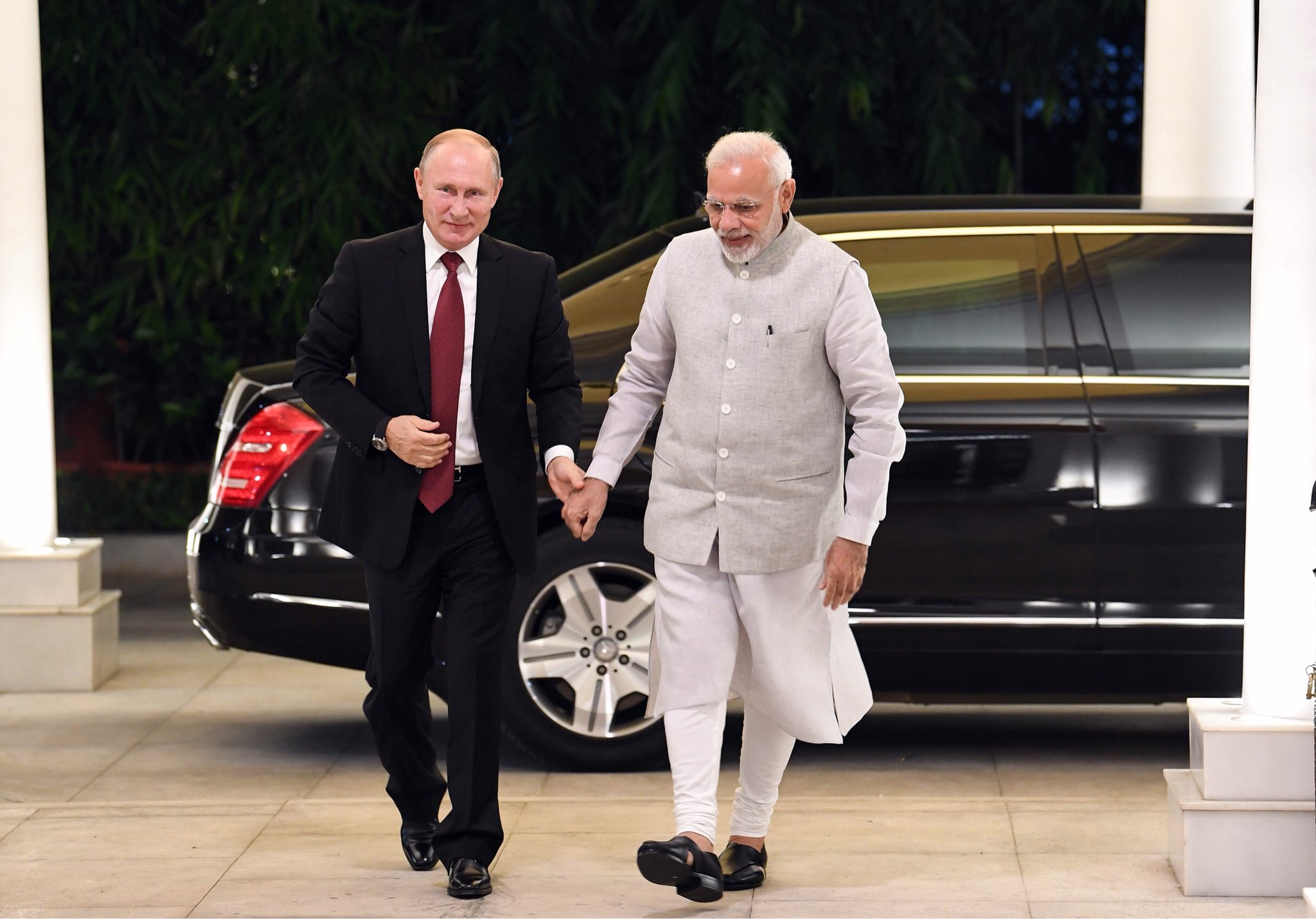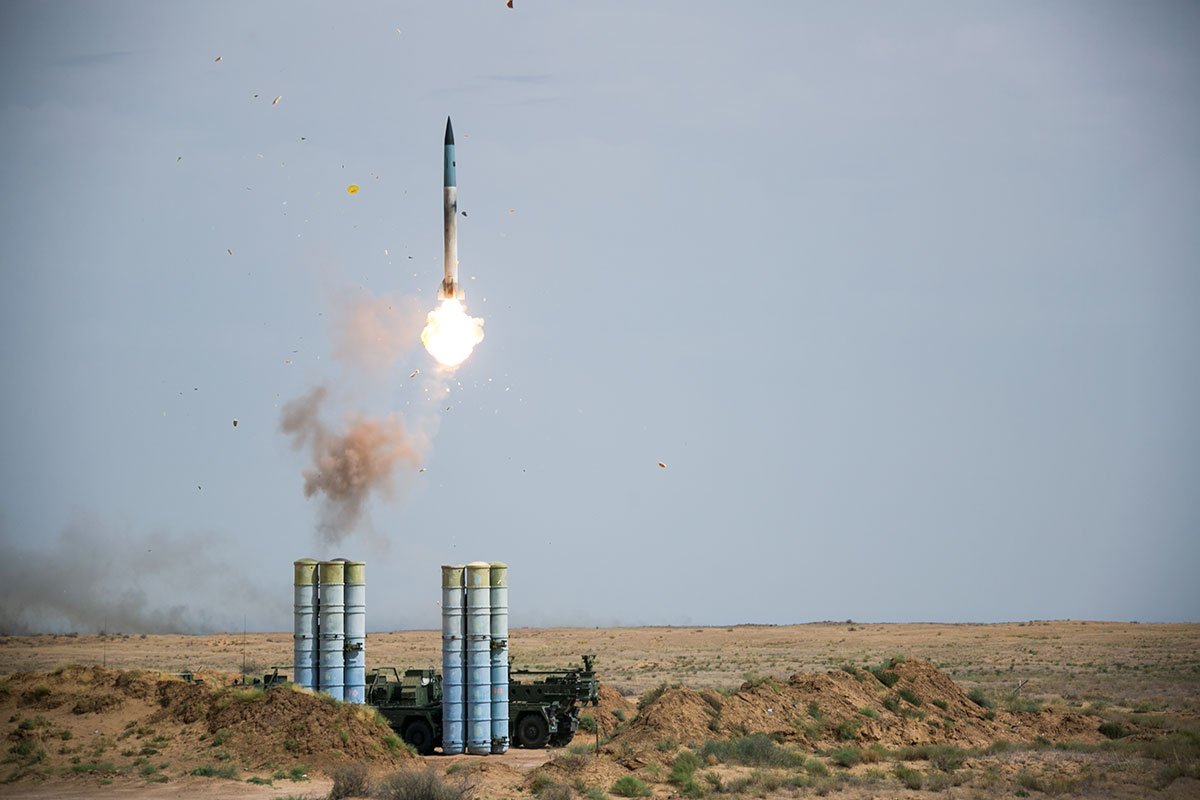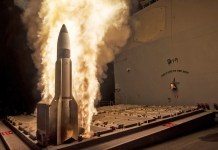India could deploy its much-awaited S-400 missile defense system against China as early as the beginning of 2022, if the latest reports are anything to go by.
Earlier, various reports suggested that China has set up two squadrons of S-400 batteries at the Hotan airbase in Xinjiang and Nyingchi airbase in Tibet, close to the disputed Line of Actual Control (LAC).
India and China have been locked in a border standoff in eastern Ladakh for more than a year now. Their militaries got engaged in a violent clash in June last year, resulting in the death of 24 soldiers from both sides.
Russian firm Almaz Antey Corporation has reiterated that deliveries of the S-400 missile systems would begin from the end of this year, Mikhail Podvyaznikov, Deputy Director-General of the state-owned company, was quoted as saying.
He said the Covid-19 pandemic has not affected the work. “Not a single enterprise or workshop suspended their operations for even a single day,” Podvyaznikov told reporters.

The final assembly and testing of the S-400 system are currently underway at the North-Western Regional Centre (NWRC) of the Almaz Antey Corporation. It is believed that each of the systems is being tested in a variety of climates, such as heat and cold, moisture and dust, along with different ranges of air pressure and elevations.
In order to prepare for the effective use of the systems once delivered, a group of Indian military specialists were sent to Russia earlier this year, The Hindu had reported.
Referring to the long history of military cooperation between the two countries, the Russian Ambassador Nikolay R. Kudashev had termed the supply of the Russian S-400 missile systems to India as “one of the flagship projects in the Russian-Indian military and military-technical cooperation”.
It seems that the training of the Indian military personnel is progressing smoothly, as Podvyaznikov said, “the Indian officers have experience dealing with Russian equipment and therefore, they mastered new equipment during the training program quite easily”.
The S-400 Deal
An inter-governmental agreement was signed between Russia and India for the supply of five S-400 missile systems on October 15, 2016. A $5.43 billion deal was subsequently signed in October 2018.
India had decided to go ahead with the deal despite objections by the US. A similar deal with Russia has cost Turkey dearly after Washington punished the NATO member under Countering America’s Adversaries Through Sanctions Act (CAATSA) and kicked it of the F-35 Joint Strike Fighter program.

The S-400 Triumf is an air defense missile system, an upgrade of the earlier versions of S-300P and S-200. First deployed in combat roles by the Russian army in August 2007, the S-400 system combines a multifunction radar, autonomous detection and targeting system. With anti-aircraft missile systems and launchers, it can create a layered defense by firing three types of missiles.
The system can be used to target aircraft, unmanned aerial vehicles (UAV), ballistic, and cruise missiles. It has a range of hitting targets within 400 km and at an altitude of up to 30 km.
Apart from the missiles of the earlier S-300P system, the S-400 has four new missiles. It can also launch 9M96E and 9M96E2 medium ground-to-air missiles. These missiles have a maximum range of 120 km and can hit mobile targets such as fighter aircraft with precision.
The command and control system has LCD consoles, which process air surveillance data of individual batteries. It can track and control long-range surveillance radar, track airborne threats and coordinate with the other batteries. It can also exchange data with other defense systems like the SA-12, SA-23, and S-300.
How US Helped French Rafales ‘Outflank’ Russian Su-35 Jets To Win Egyptian Fighter Jet Contract?
Russia recently tested its S-500 missile defense system firing it at a high-speed ballistic target at a training ground in the Astrakhan Region. According to Moscow, the S-500 missile system has no comparison in the world and can intercept an array of current and future weapons at all altitudes and speeds.
Why The US Hates S-400 So Much
The US’ discomfort with its allies buying the S-400 system perhaps stems from the fact that the Russian air defense system has a powerful radar, which according to some experts, can detect even high-end stealth jets like the US’ F-35.
The S-400 radars will be able to observe the F-35 “in all its flight profiles, thus being able to identify weak spots in stealth capability,” David Stupples, a professor of electronic and radio systems at City, University London, was quoted as saying by DefenseOne.
Earlier this year, the outgoing US Ambassador Kenneth Juster had urged India to reconsider its decision to acquire the Russian defense systems, stating that such acquisition by India may impede future “technology transfers” as well as defense cooperation between India and the US.
SECDEF LLoyd J. Austin, III is briefed on the USAF F-35 Lightning II at Eielson Air Force Base, Alaska, the first stop in a seven-day global trip to meet with key leaders, reaffirming defense relationships, and conducting bilateral meetings with senior officials. #F35Unites pic.twitter.com/YXVFoIYrrg
— F-35 Lightning II Joint Program Office (@theF35JPO) July 28, 2021
During his visit to India in March this year, US Defence Secretary Llyod Austin had also discussed the acquisition of the Russian S-400 systems, reported Reuters. “We certainly urge all our allies, our partners to move away from Russian equipment, and really avoid any kind of acquisitions that would trigger sanctions on our behalf,” had said.
At the time, he had also stated that since no S-400 systems have been delivered to India yet, any discussions on sanctions had not been initiated.
The US relation with its NATO ally Turkey has been strained since the latter had gone ahead with its decision to acquire the S-400 systems despite US objections. The US had urged its allies to boycott the use of the Russian missile system, highlighting it as a threat to NATO defense systems.
In 2019, Turkey received its first four S-400 batteries, which led the US to exclude the country from its F-35 fighter jet program. Further, Turkey’s military procurement was also reduced through a sanction on export licenses.
Russia Bets Big On S-500; But How Is S-500 Missile Defense System Better Than S-400s?
The CAATSA prevents American companies from entering into any business deals with the countries facing US sanctions. Some analysts are of the opinion that while the US has imposed the CAATSA on Turkey, the case with India may be different.
According to an earlier report by The EurAsian Times, Turkey is a NATO ally and its acquisition of the Russian system may threaten the NATO defense systems. Further, Turkey has been predominantly a buyer of US armaments over the years.

On the other hand, New Delhi and Moscow are traditional defense partners and India acquires about 60 percent of its arms from Russia.
With regard to the US warnings, India maintained that the S-400 deal was its sovereign decision based on the entire spectrum of security challenges facing the country.
Further, the increasing security and trade relations between India and the US may also make the latter overlook India’s acquisition of the Russian systems.
India’s weapon procurement has increased from $6.2 million in 2019 to $3.4 billion in 2020. And any curbs under CAATSA will impact potential deals with US companies like Boeing, which is pitching its fighter jets to the Indian military.
READ MORE
- Watch: The Ultimate Dogfight Between US & Russian Fighter Jets Over A ‘Top-Secret’ Air Base In Nevada
- Why India’s Ladakh Region Is Crucial For China’s Rise As An Economic Super-Power?
- 30 Times Faster Than Speed Of Sound: Is China Really Winning The Hypersonic Race With Its JF-22 Wind Tunnel?





